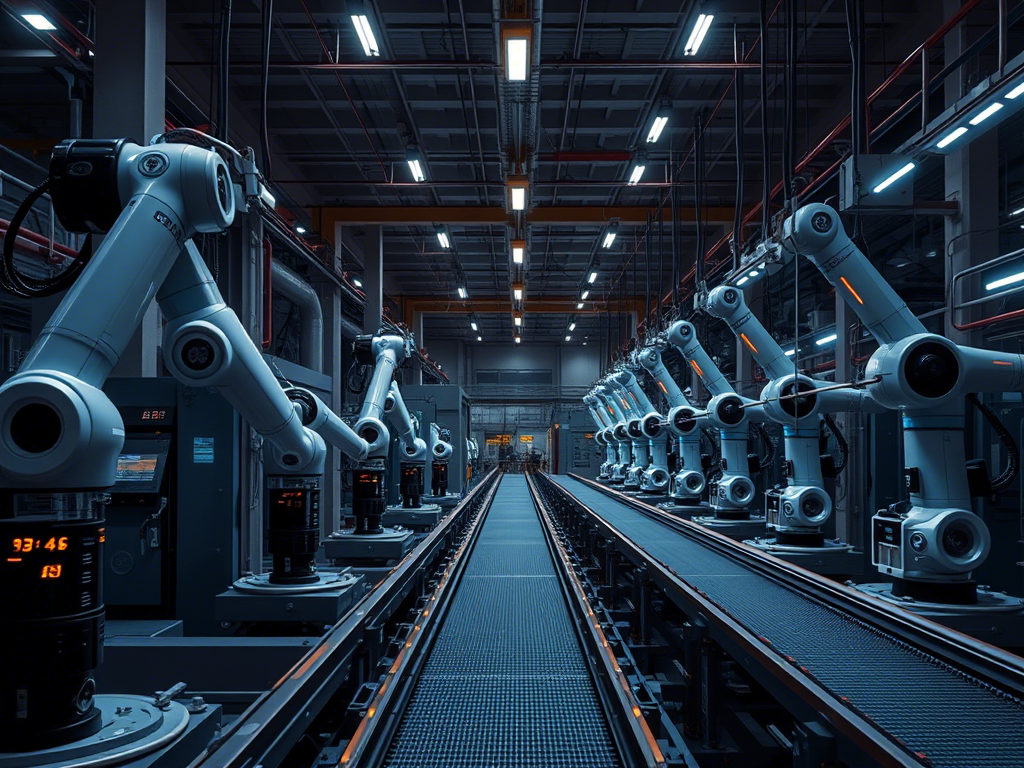When AI is Smarter but Humans Are Cheaper
The breakthrough of OpenAI’s o3 has sparked excitement across the tech world. But beneath the impressive 87.5% accuracy score lies a crucial question: Is it practically viable? Let’s dive deep into the efficiency challenges that could determine o3’s real-world impact.
The Numbers That Matter
Cost Comparison (Per Task):
- Human Worker: $5
- o3 High-Efficiency: $20
- o3 Low-Efficiency: Substantially higher
Processing Time:
- Human: Seconds to minutes
- o3 High-Efficiency: 1.3 minutes
- o3 Low-Efficiency: 13.8 minutes
Computational Resources:
- High-Efficiency: 33M tokens
- Low-Efficiency: 5.7B tokens (172x more)
Breaking Down the Efficiency Challenge
1. Cost Factors
- Computational Expenses
- Server costs
- Energy consumption
- Maintenance requirements
- Infrastructure needs
- Operational Overhead
- System monitoring
- Technical support
- Updates and maintenance
- Training and implementation
2. Time Efficiency
- Processing Speed
- Human baseline: Usually seconds
- AI high-efficiency: Minutes
- AI low-efficiency: Extended minutes
- Real-world Impact
- Project timelines
- Resource allocation
- Task scheduling
- Workflow integration
Current Use Case Analysis
Best Scenarios for o3:
- Research Applications
- Complex problem-solving
- Novel pattern discovery
- Experimental validation
- High-Value Tasks
- Critical accuracy requirements
- Consistency-dependent operations
- Complex analysis needs
- Specialized Projects
- Unique problem-solving
- Innovation-focused work
- Research and development
When to Choose Human Workers:
- Cost-Sensitive Operations
- Routine tasks
- High-volume work
- Standard operations
- Time-Critical Projects
- Immediate responses needed
- Quick turnaround required
- Real-time adjustments
- Adaptive Tasks
- Context-dependent work
- Creative problem-solving
- Interactive requirements
The Economic Reality
Practical Example
Take a project with 1,000 tasks:
- Human Team:
- Cost: $5,000
- Time: ~2-3 days
- Flexibility: High
- o3 High-Efficiency:
- Cost: $20,000
- Time: ~2-3 days
- Flexibility: Limited
- o3 Low-Efficiency:
- Cost: Significantly higher
- Time: ~10-12 days
- Flexibility: Limited
Future Outlook
Expected Improvements
- Cost Reduction
- Technology maturation
- Efficiency optimization
- Scale advantages
- Speed Enhancement
- Algorithm improvements
- Hardware advances
- Process optimization
- Resource Optimization
- Better resource allocation
- Improved efficiency
- Reduced energy needs
Practical Implementation Strategy
For Organizations Considering o3 Implementation:
- Assessment Phase
- Task complexity evaluation
- Cost-benefit analysis
- Resource availability check
- Pilot Program
- Small-scale testing
- Performance monitoring
- ROI calculation
- Scaling Strategy
- Gradual implementation
- Hybrid approach
- Continuous evaluation
Conclusion
While o3 represents a remarkable achievement in AI capabilities, its current efficiency metrics make it not really practical for many routine applications. The technology shows immense promise but needs significant efficiency improvements before it can compete with human workers on a cost-effective basis.
The path forward likely involves:
- Continued technological optimization
- Strategic implementation in high-value areas
- Gradual expansion as efficiency improves
- Hybrid approaches combining AI and human workers




